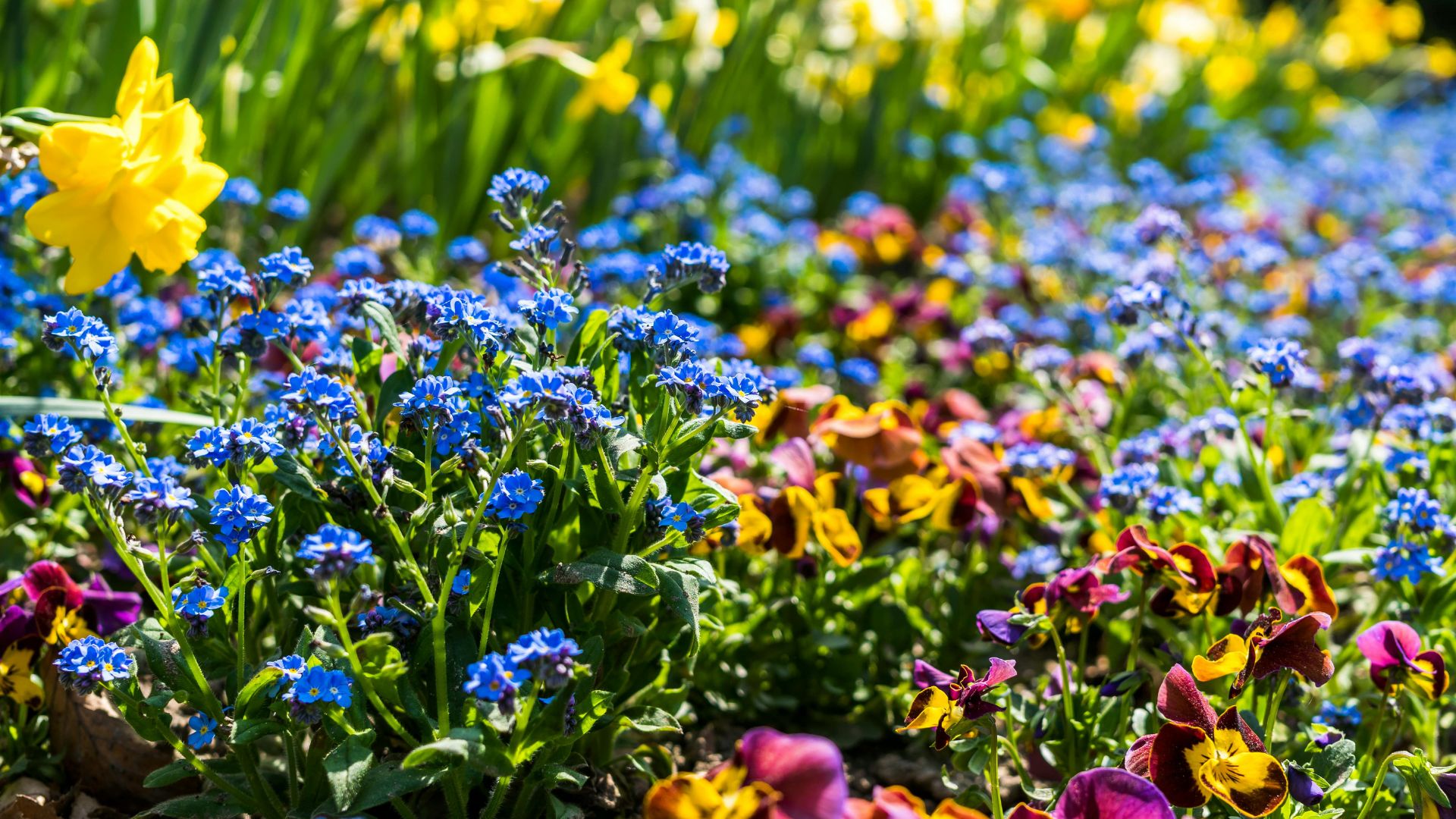
If there's one useful thing for home gardeners to know, it's how to get rid of grass growing in your flower beds. After all, grass can spread so easily, taking hold through the roots and taking over the area.
The good news is, with the right tools and our expert step by step guide, you can easily rectify the problem and restore your flower bed to its former glory.
As with most things, prevention is best, and it's important to keep your garden well maintained with the best lawn mowers, as well as be extra careful sowing seeds when you are fixing patchy grass or overseeding a lawn.
According to gardening expert Morris Hankinson, founder and managing director of Hope Grove Nurseries, getting rid of grass in your flower beds isn't too difficult - but it can be a bit time-consuming. It can also be avoided...
Murray says: "Keeping on top of weeding and keeping the edges of flowerbeds tidy is a good way to ensure grass doesn’t creep into the bed. Also when planting out new plants, check to be sure there isn’t any grass growing in the container it has grown in as sometimes there can be a rogue piece of grass."
Taking the time and care to remove grass from your flower beds will be worth the effort, assures Morris, so read on to find out exactly how to do it.
The tools you'll need for getting rid of grass in your flower beds
Learning how to get rid of grass in your flower beds thankfully isn't too complicated, as long as you have the right tools for the job.
- Your hands
- Or a weeding tool such as this stainless weed puller ($15.99 on Amazon)
- Old cardboard
- Or plastic sheeting, such as this ($11.74 on Amazon)
- Mulch like this SuperMoss Coco Mulch bag ($8.99 on Amazon)
Now you're equipped with the list of tools you need, let's get on to getting that grass out of the flower beds.
Quick steps to get rid of grass in your flower beds
- Weed out grass by hand
- Kill the grass by solarization
- Mulch the area
- Use a natural herbicide
- Create raised beds
Step by step guide: How to get rid of grass in your flower beds
1. Weed out grass by hand
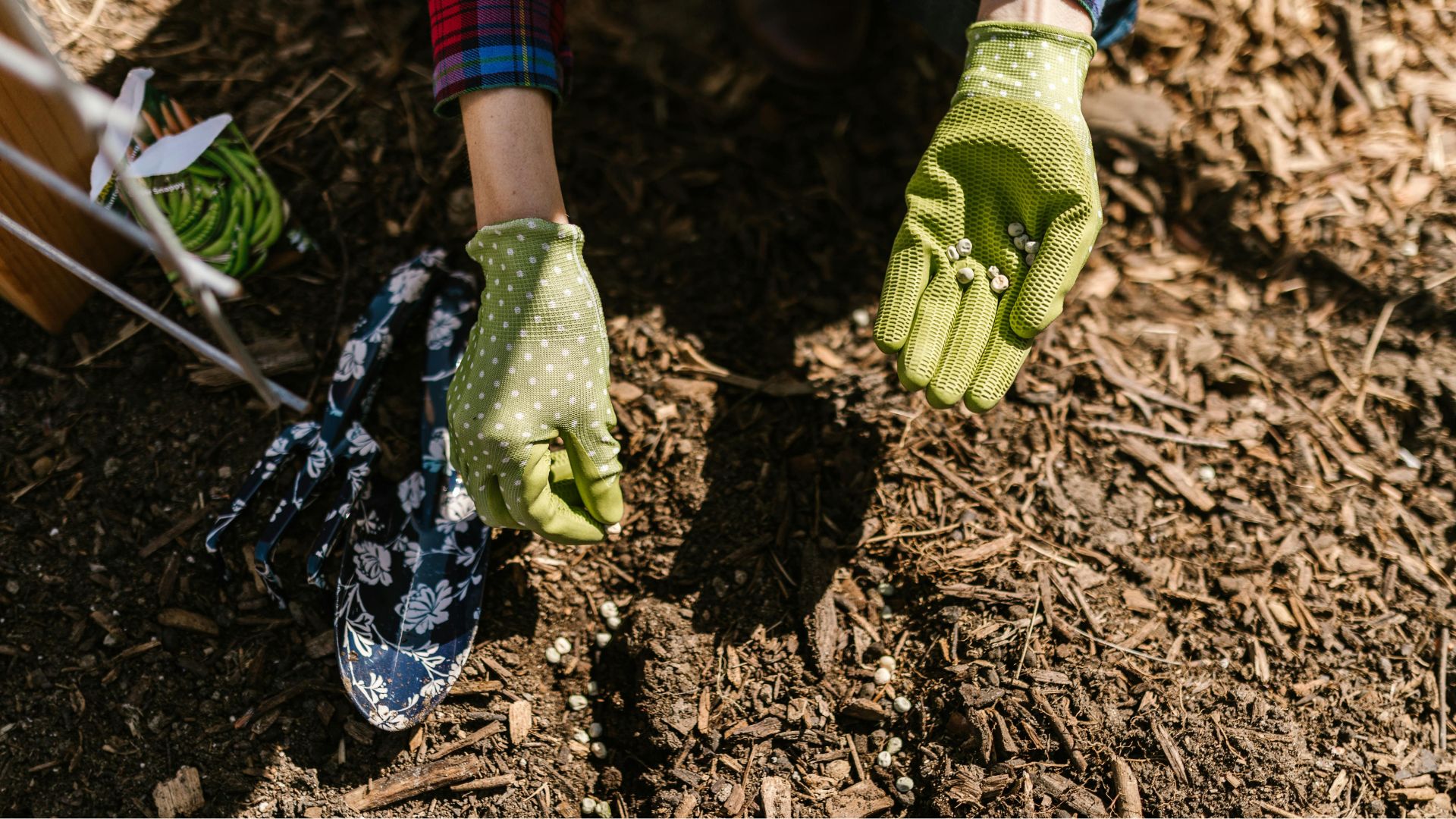
Getting rid of grass from your flower beds needs a gentle touch, so this is a job best done by hand.
Morris says: "If you have an existing flower bed with grass popping up, the best way to remove it is by hand. This means you can pull up the grass and all of the roots with it much easier and without damaging surrounding plants growing in the bed. Without pulling up the roots as well, the grass will just regrow so hoeing isn’t enough to keep grass away."
If the grass has spread across large areas, try to tackle a small section at a time so you don’t feel overwhelmed by how much there is to do.
For it to be effective, make sure that you remove the root and not just the top section of the plant. You can use purpose-designed weeding tool like this one for $15.99 on Amazon, but be really careful when digging the grass up as you could damage the flowers.
Professional garden designer Nadine Mansfield adds: "To prevent it coming back you need to dig it out and remove the the roots from the newly seeded grass. "
2. Kill the grass by solarization
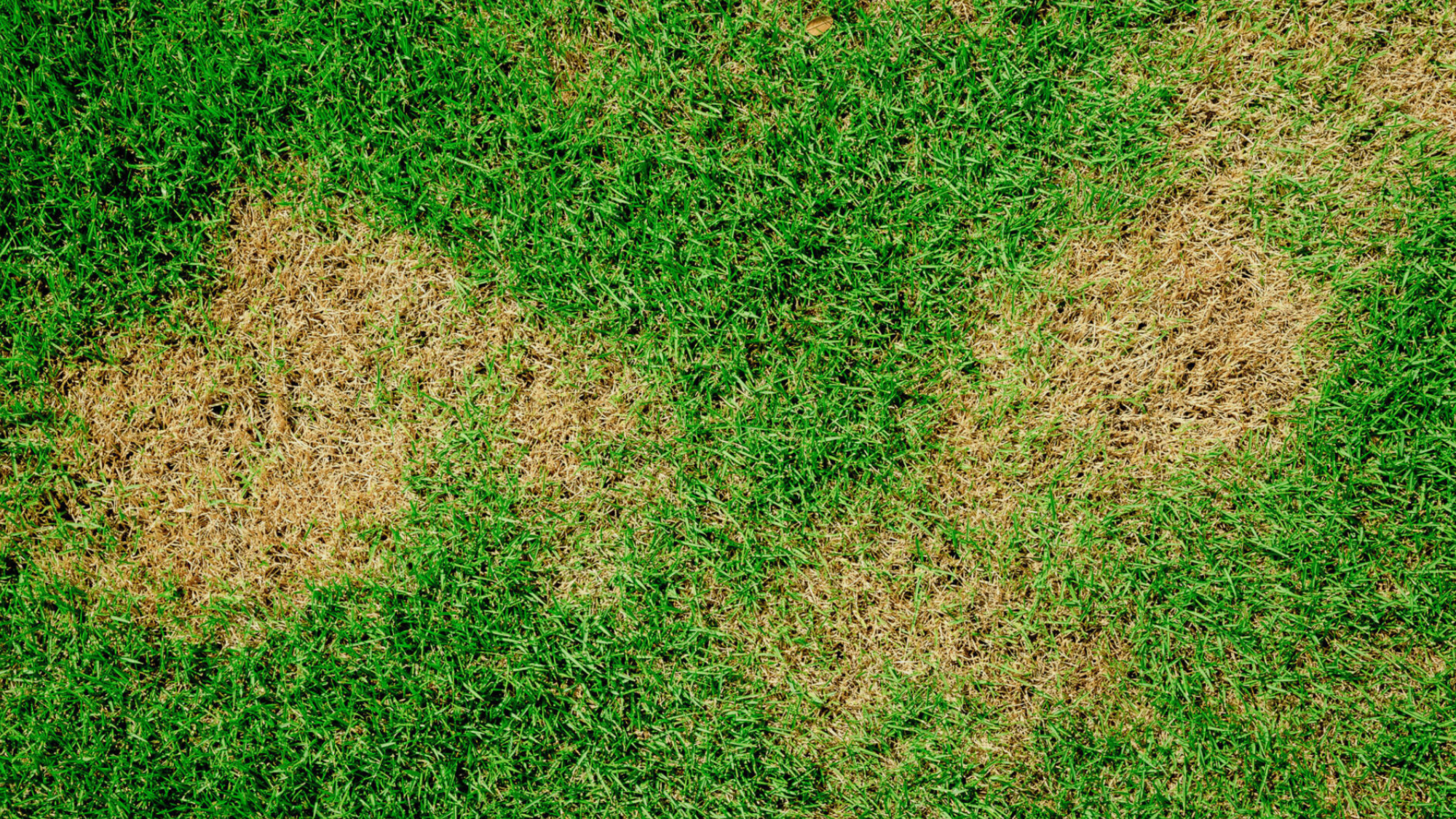
Another organic way to get rid of the grass is by solarization or sheet mulching. Put simply, this is when you use cardboard or plastic sheeting to cover the grassy area and exclude the light, explains Morris.
The cover will concentrate the heat of the sun to a degree where it will kill the grass and eliminate any weed seeds in the soil.
Murray says: "This can work but also tenacious grass will still eventually grow through or out of the edges, so we recommend pulling up by hand."
3. Mulch the area
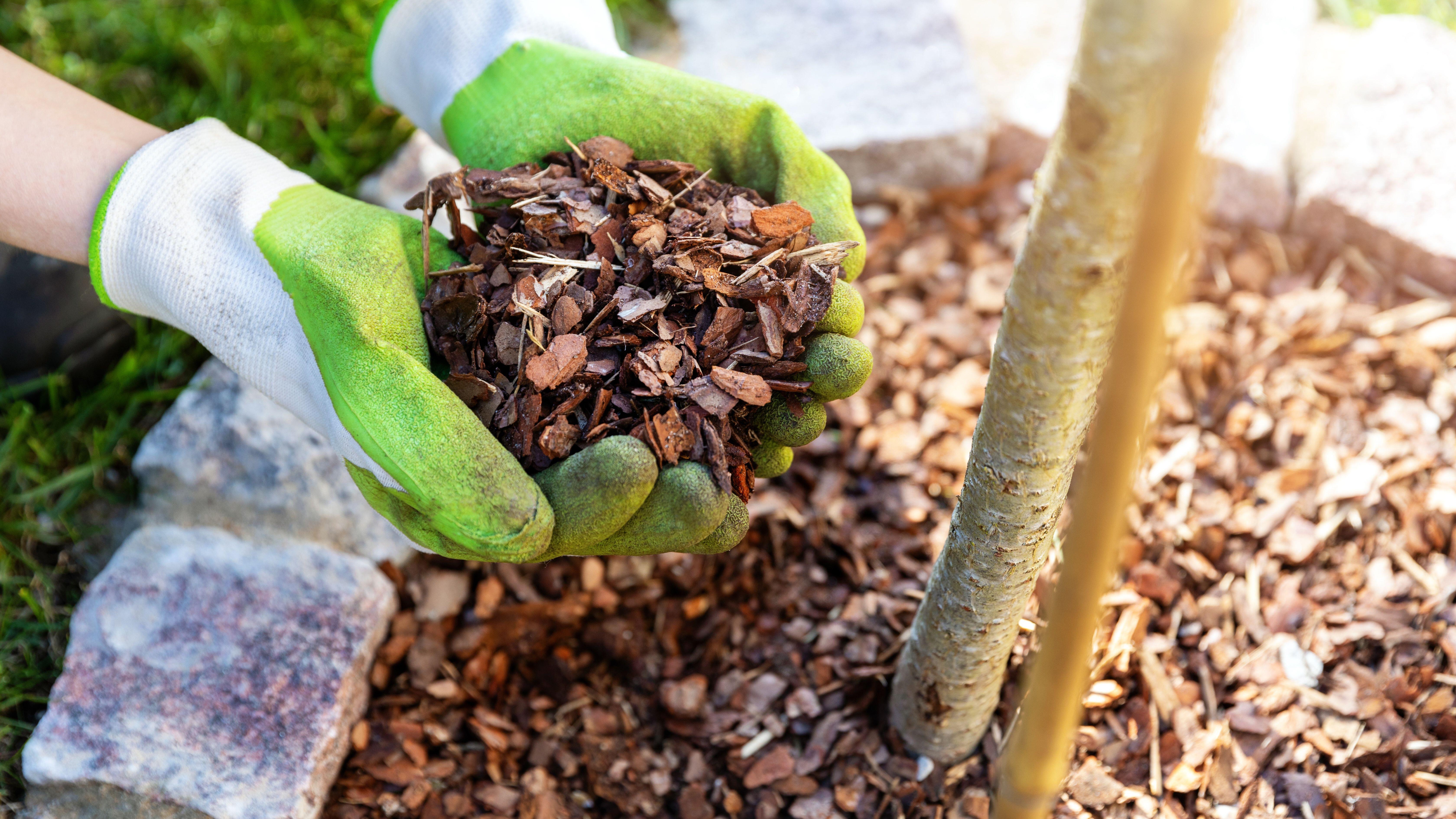
Once you have got rid of existing grass, or as an alternative to smothering the area, you can use a layer of mulch "to prevent more from seeding and rooting," says gardening expert Nadine. "The best way to prevent unwanted grass in borders is to remove any self seeded grass plants as soon as you see them."
"Also, put ground cover plants into the borders that will fill gaps and prevent unwanted grass or weeds from taking up space."
4. Use a natural herbicide
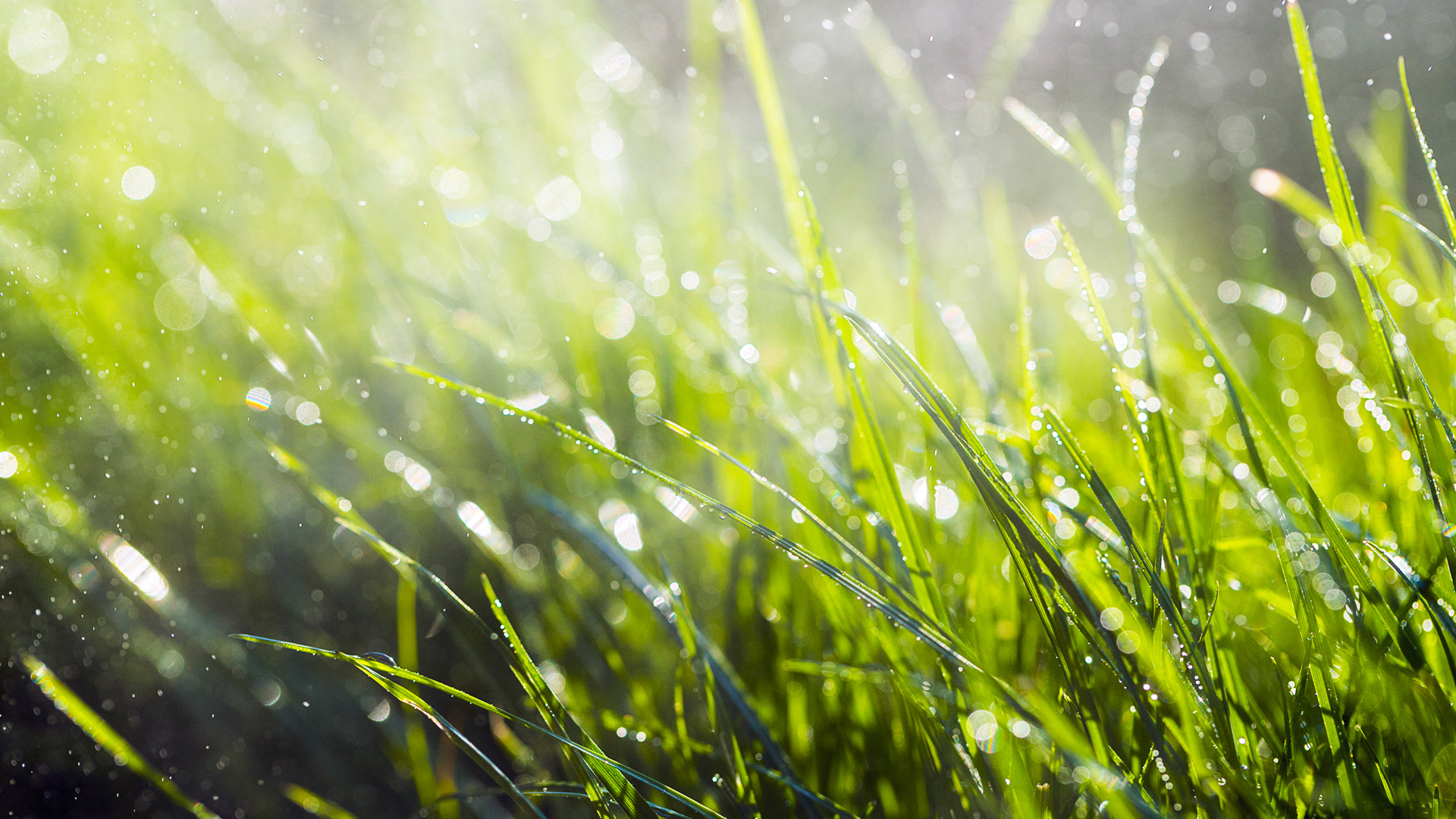
Whatever you do avoid reaching for chemicals to get rid of grass from your flower beds, as this "will put all of your other plants and garden wildlife at risk," warns Murray.
One natural option is to pour boiling water over the grass, but this will only work on the youngest, new grass, as it only kills the foliage and won't affect well established roots.
You can also make a DIY natural herbicide spray from vinegar, soap and salt, and directly apply it to new grass to kill it. But bear in mind a build-up of salt can occur in the soil if you do this a lot, and this can be damaging to plants.
5. Create raised beds
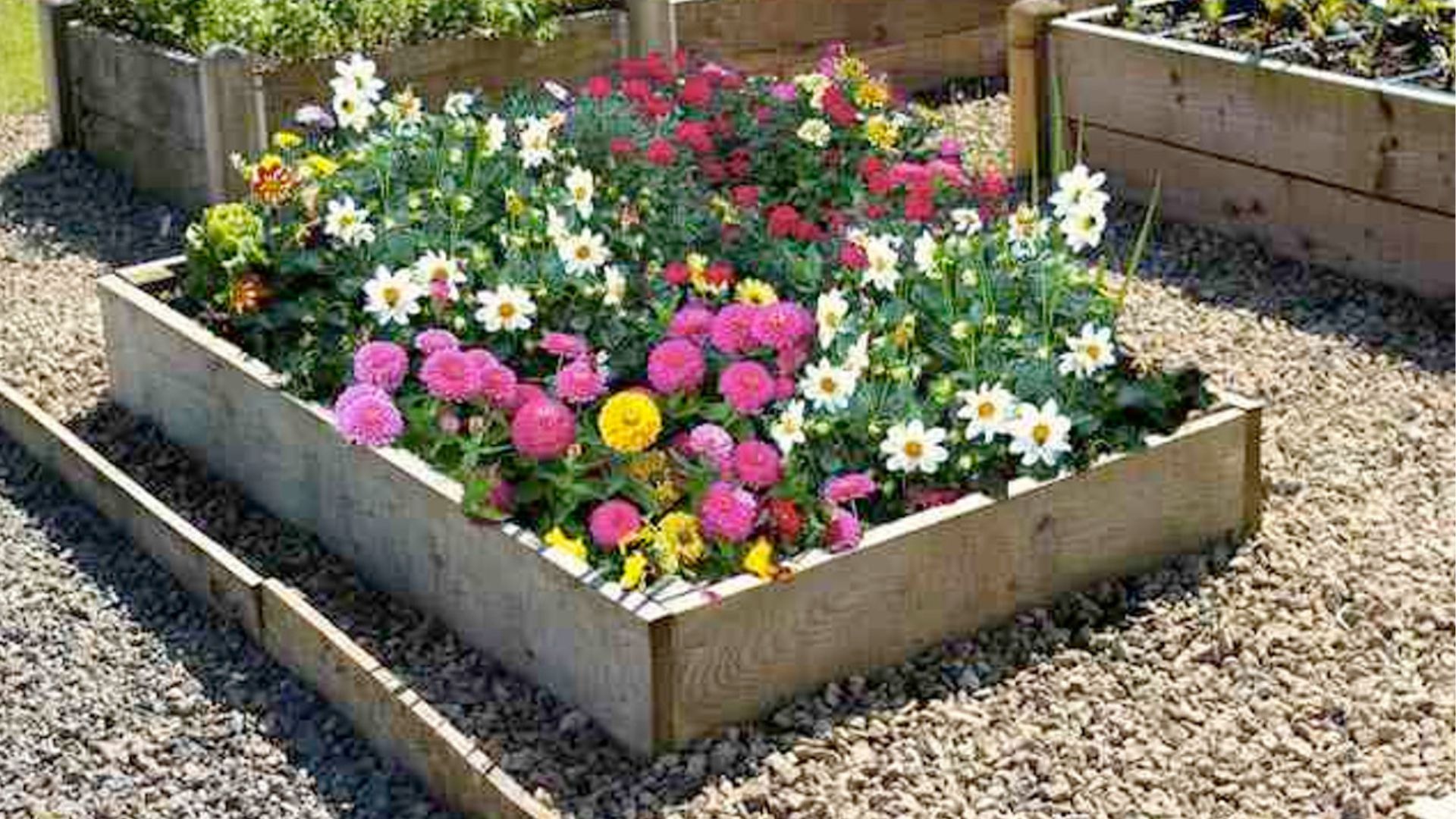
Prevention is always better than cure, so consider creating raised beds to keep grass at bay.
Murray Michel, Product and Technical Expert at Clear Amber, told Top Ten Reviews: “When tackling the persistent issue of grass infiltrating your flower beds, a strategic approach is crucial. Raised flower beds present an effective solution to this challenge."
“Opting for raised bed construction is instrumental in overcoming grass invasion. By elevating the planting area, you create a natural barrier that impedes the spread of grass and weeds into your flower beds.
“As a bonus, raised flower beds offer improved drainage and soil warmth, fostering healthier plant growth while simultaneously deterring unwanted vegetation.”
FAQs
How do you remove grass from flower beds without damaging flowers?
The best way to get rid of grass from flower beds without damaging the actual flowers is to do the job by hand, getting to the root as soon as you see it sprouting.
Another organic method is through polarisation (covering the grass with cardboard or plastic sheeting and letting the sun to work its magic), mulching or using a DIY vinegar, soap and salt spray, although this can cause sodium build-up which can be damaging to the soil.
What is the best tool to remove grass from a flower bed?
If you are not removing grass from a flower bed by hand, then you can try a manual weed puller, like this one from Amazon.
If you have a large area to cover, you could try using an electric tiller, such as this Sun Joe one, also available from Amazon. But bear in mind this is probably better for new flower beds that don't yet have any flowers in, as it could damage existing plants.







